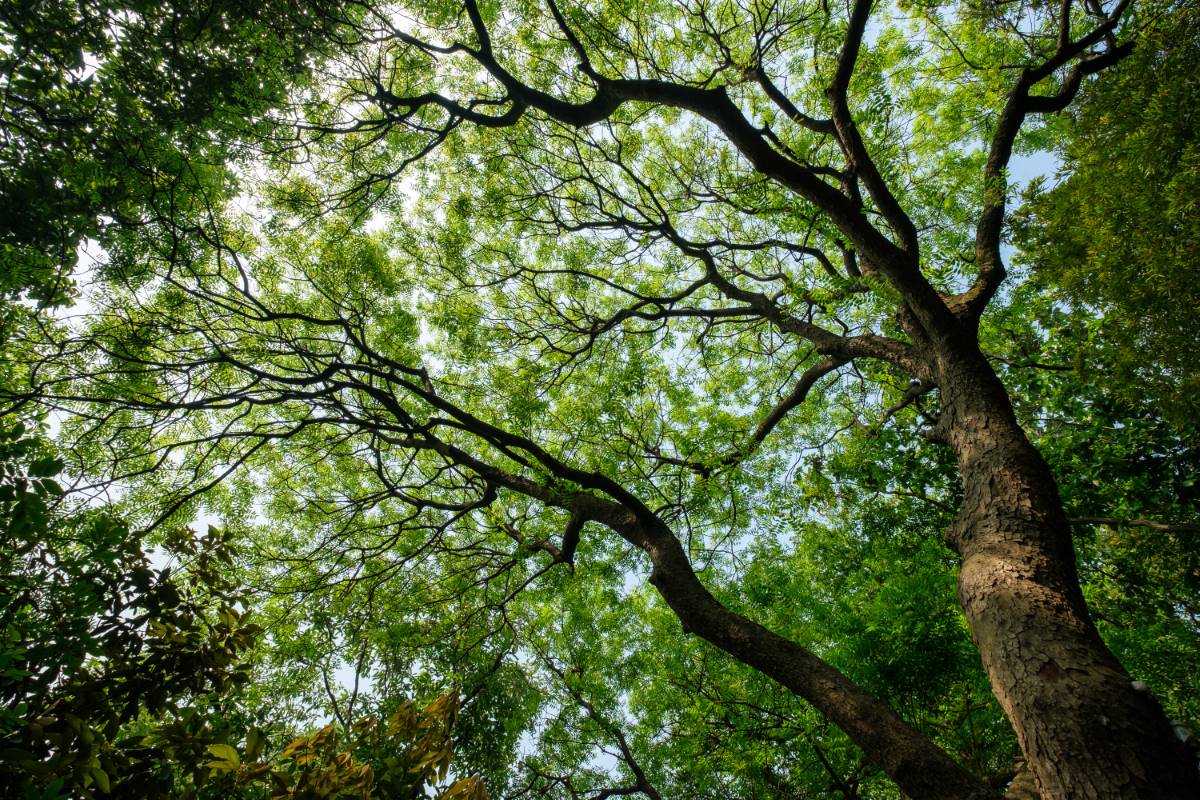Description
Pistacia – Pistachio –
There are 9-10 species of rounded to upright, dioecious, mostly deciduous and evergreen small trees and shrubs in the Anacardiaceae family, in this genus. They occur from dry habitats in the Mediterranean, Central Asia to Japan, Malaysia, Mexico, and Southern USA. They are grown for their foliage, flowers and fruit (although P. vera, which produces the edible pistachio nut, is not grown ornamentally). The alternate leaves are usually pinnate, occasionally ternate or simple which have vivid autumn coloring. It bears small, petalless, mostly mid green flowers appear in usually axillary racemes or panicles, followed by the pepercone like fruit in fall and early winter, on female plants. Grow as specimen trees, they thrive in coastal conditions.
Grow in moderately fertile, sharply drained soil in full sun.
Prone to Verticillium Wilt, dieback, root rot, and scale insects.
P. chinensis – Chinese Mastic – Chinese Pistachio – This deciduous tree is erect at first, then spreading and is from Taiwan and Central and Western China and grows 50-80′ feet tall and 20-30′ feet wide but usually half that in cultivation. It produces pinnate leaves, to 10″ long, each with 10-12 oblong-elliptic, toothed, leathery, glossy, dark green leaflets with no terminal leaflet, turning yellow, orange, and scarlet in autumn. In late spring it bears aromatic green to red flowers, the males are in crowded panicles, to 4″ long, the females in looser panicles, 6-10″ long. It bears spherical, red fruit, 1/8″ across, maturing blue. Tolerates a range of conditions, including drought, and is intolerant of shade.
Zones 6-9





